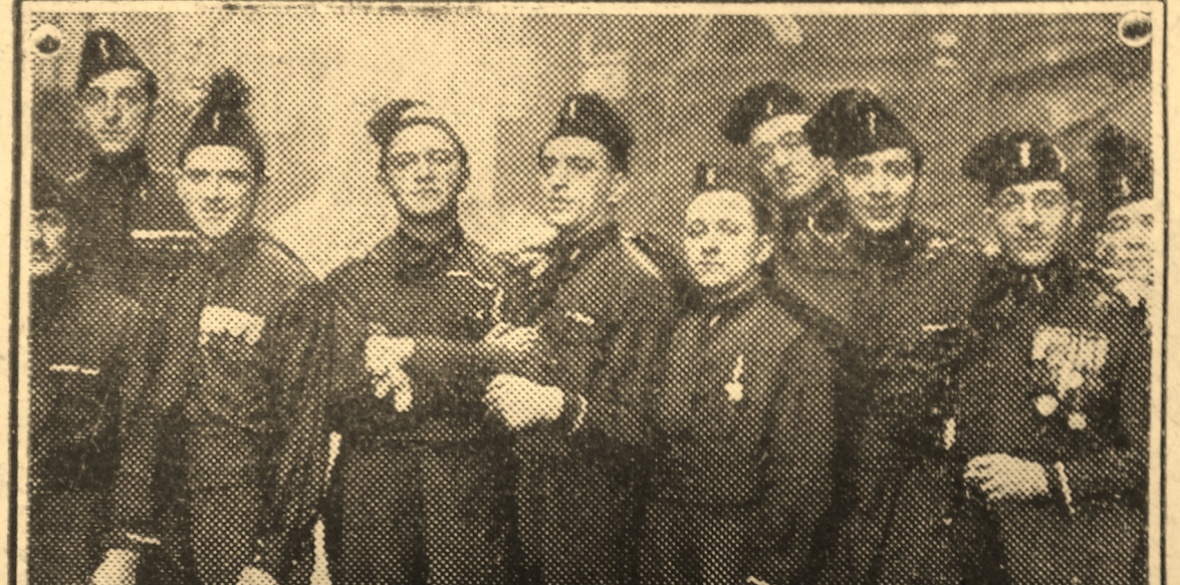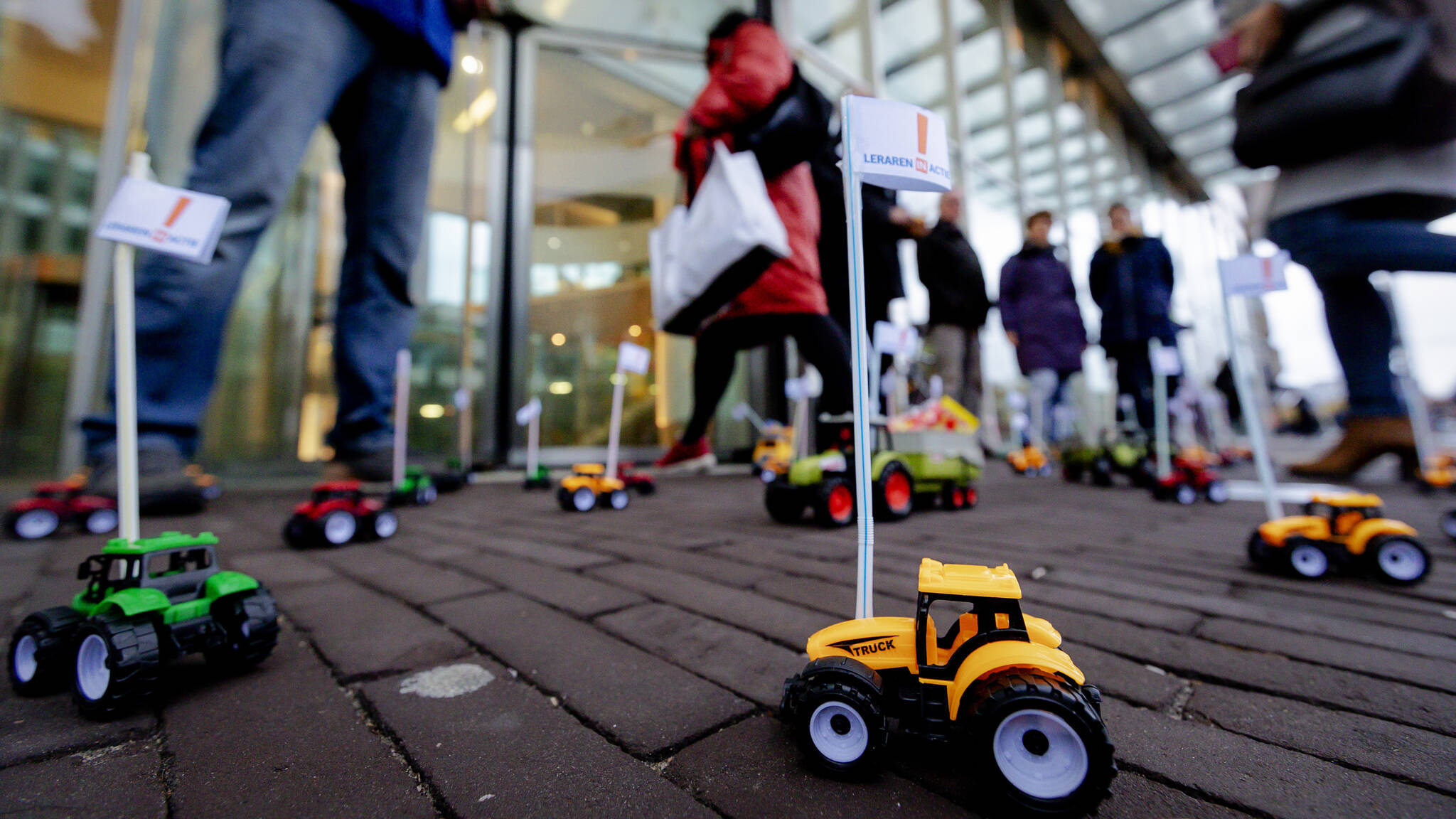This 29 October 2019 video is about Diplodocidae dinosaurs.

By Alfeo Bernabei:
Tuesday, November 5, 2019
The first seed of fascism planted outside Italy was in London
Through their leadership of the Italian diaspora and a newspaper, a small group of embittered war veterans laid the foundations of fascism in Britain 100 years ago this month, writes ALFIO BERNABEI
ON November 4 1919, a group of London-based Italian world war veterans set up an association called Unione Reduci Militari Italiani — Sezione di Londra — (URMI). The name stood for Union of Italian ex-soldiers, London Section.
This association claimed to represent hundreds of Italian immigrants in Britain who had been called to serve with the Italian army when Italy entered the war in 1915. When the war ended, they were free to return and resume their occupations.
The leaders of the newly born URMI association in London stated: “We intend to solemnly declare before everyone that our sacrifice [in the war] has made us conscious not only of our duty but also of our rights” and elected themselves as the driving moral force in the Italian community in Britain, which was then made up of approximately 20,000 migrants.
The first president of URMI was Giacomo Luigi Novelli, a London-based travel agent who described himself as “one who prefers action to words”. Among its most prominent members was Antonio Cippico, a lecturer at University College London. Another member was Achille Bettini, who later was to describe himself as a fascist “of the first hour.”
Given that the Fascio di combattimento, or Fascio of combat, had been set up in March 1919 at a meeting in Milan presided over by Benito Mussolini, it seems fair to describe the London association set up a mere eight months later as born in its shadow — the first seed of fascism planted outside Italian territory.
Eight months later, on June 5 1920, URMI launched a four-page weekly newspaper in Italian called La Cronaca. It had an address in Little Howland Street, central London, with ex-Captain Giovanni Savani as editor, later described among the founders of the London Fascio.
The first editorial of La Cronaca was unsigned — URMI claimed to be free of ties from political parties, yet one of the first articles was signed “ARDITO”, “the bold one,” a definition that by that time was acquiring strong associations with the fascist movement and the Blackshirts.
It was at the end of December 1920 that La Cronaca described fascism as a largely justifiable “insurrection of men and sticks against red violence.” Three months later it splashed across the front page a title that proclaimed “L’ora del Fascismo” (the hour of fascism).
Formally, the “Fascio Italiano di Combattimento a Londra” (The Italian fighting fascio in London) was established on June 12 1921.
On December 17 of the same year, the first notice appeared in La Cronaca headed Partito Nazionale Fascista, Sezione di Londra (Italian National Fascist Party, London Section) and on January 7 1922, the newspaper announced the first general assembly of the London branch of the party.
It wasn’t long before the Italian fascists found sympathisers among some British admirers of Mussolini. The seed that had been planted in 1919 was taking root.
Alfeo Bernabei is an Italian journalist and historian.
This 4 November 2019 video, recorded in Arizona, USA says about itself:
Bloodthirsty Ants Decapitate Queen | Empire Of The Desert Ants | BBC Earth
As the colony matures, the original Queen seizes an opportunity to manipulate her political rivals. She initiates a vicious and deadly coup, wiping out the competition both outside and inside the nest.
An ant the size of a lion isn’t as far-fetched as you would think. From as small as a sesame seed to the size of a big cat, ants come in all sizes — in augmented reality, at least. Augmented reality provides an interactive experience of the ‘real world’ with the help of computer-generated images viewed through a screen. It’s a technology often used in videogames to meld computer-generated images with reality. Now researchers in the Biodiversity and Biocomplexity Unit at the Okinawa Institute of Science and Technology Graduate University (OIST) have used this high tech approach to create the first ever augmented reality experience that pairs with a taxonomic research paper. The research, published in Insect Systematics and Diversity, presents six new species of Strumigenys ants, also known as miniature trap-jaw ants, from Fiji: here.
Through early adulthood, exposure to new experiences — like learning to drive a car or memorizing information for an exam — triggers change in the human brain, re-wiring neural pathways to imprint memories and modify behavior. Similar to humans, the behavior of Florida carpenter ants is not set in stone — their roles, whether it is protecting the colony or foraging for food, are determined by signals from the physical and social environment early in their life. But questions remain about how long they are vulnerable to epigenetic changes and what pathways govern social behavior in ants: here.
This 5 November 2019 video says about itself:
Protesters in Chile Have Been ‘Murdered, Tortured, and Disappeared‘
Chile‘s President Piñera says foreign intervention and a conspiracy are behind the recent protests. But protesters say what’s happening is an explosion of long-contained rage against poverty, inequality, and oppression.
This 2018 video is called George the Wombat Begins New Life in the Wild | Nat Geo Wild.
From the University of Queensland in Australia:
Jaw-some wombats may be great survivors
November 5, 2019
Flexible jaws may help wombats better survive in a changing world by adapting to climate change’s effect on vegetation and new diets in conservation sanctuaries.
An international study, co-led by The University of Queensland’s Dr Vera Weisbecker, has revealed that wombat jaws appear to change in relation to their diets.
“The survival of wombats depends on their ability to chew large amounts of tough plants such as grasses, roots and even bark,” Dr Weisbecker said.
“Climate change and drought are thought to make these plants even tougher, which might require further short-term adaptations of the skull.
“Scientists had long suspected that native Australian marsupial mammals were limited in being able to adapt their skull in this way.
“But in good news, our research has contradicted this idea.”
The team used a technique known as geometric morphometrics — the study of how shapes vary — to characterise skull shape variation within three different species of wombat, with each species having a slightly different diet.
The data were collected with computed tomography — known to most as CT scanning — and analysed with new computation techniques developed by UQ’s Dr Thomas Guillerme.
Dr Olga Panagiotopoulou, who co-led the research project from the Monash Biomedicine Discovery Institute, said the study suggested that short-term jaw and skull adaptation was occurring.
“It seems that individuals within each wombat species differ most where their chewing muscles attach, or where biting is hardest,” Dr Panagiotopoulou said.
“This means that individual shapes are related to an individual’s diet and feeding preferences.
“Their skulls seem to be changing to match their diets.
“There are a number of factors that can influence skull shape, but it seems that wombats are able to remodel their jaws as the animals grow to become stronger and protect themselves from harm.”
Dr Weisbecker said the team was particularly excited that the critically endangered northern hairy-nosed wombat, with around 250 individuals left, seemed to be able to adapt to new diets.
“In order to protect endangered animals, it’s sometimes necessary to translocate them to new sanctuary locations where threats are less, but diets may be quite different,” she said.
“Our findings suggest that future generations of these northern hairy-nosed wombats will adapt well to a different diet in a new home.
The researchers are planning to use a similar analysis on koala skull shapes.
This 6 November 2019 Dutch regional TV video is about teachers striking in Rotterdam. The trade unions expected only a few hundred teachers marching in a local protest demonstration. However, thousands turned up, in yellow vests and with signs and banners. Police told the marchers they should stay on the sidewalks. The teachers did not obey that, and traffic at the Erasmus bridge stopped.
This 6 November 2019 Dutch regional TV video shows thousands of Rotterdam teachers blocking Erasmus bridge traffic.
This video also shows the teachers at the Erasmus bridge, with motorists honking to show their support of the strike.
Last week, the Dutch government said after negotiations with trade union leaders that they would spend some extra money on education: only once, for this year, not for the years after that. Some trade union leaders then said that today’s strike was off. Then, a small union, not involved in the negotiations, said they would strike anyway, as planned. Then, the rank and file of the biggest teachers’ union, the AOb, rebelled. The AOb chair, who had signed the deal with the government while bypassing the full union executive council, resigned. The AOb said the strike would continue. Then, the usually more conservative Christian teachers union CNV said they supported the strike as well.
Teachers say that their wages are too low, classes are too big, causing stress. A one-off injection of some money for one year only does not solve these long-term problems.
There are big demonstrations today in many places. NOS TV says there are 5,000 at a rally in Leeuwarden; with thousands more outside who cannot get into the venue.
Ten thousand teachers demonstrate in Amsterdam.
Also in The Hague.

Striking teachers ‘blocked’ the Dutch education ministry in The Hague with over 150 toy tractors; a reference to earlier farmers’ protests with real tractors.
This 6 November 2019 Dutch The Hague regional TV video shows an interview with a trade union leader.
Dutch education minister Slob claimed today that five of the six unions who had originally signed the deal still back it. That is misleading. Not only the biggest union, AOB, also the second biggest union CNV has dissociated itself from the insufficient government policy. The other four unions are small.
Dutch NOS TV says that 80% of all schools in the Netherlands are on strike today. 85% of parents support the striking teachers.
This photo shows parents demonstrating along with the teachers.
Thousands of teachers in the Netherlands at 4,300 primary and secondary schools, 80 percent of all schools across the country, staged a one-day strike November 6. The action was the latest in a series of mass protests across the country, which has been dubbed an “autumn of discontent.” It took place during a two-day parliamentary debate on the education ministry budget for 2020: here.